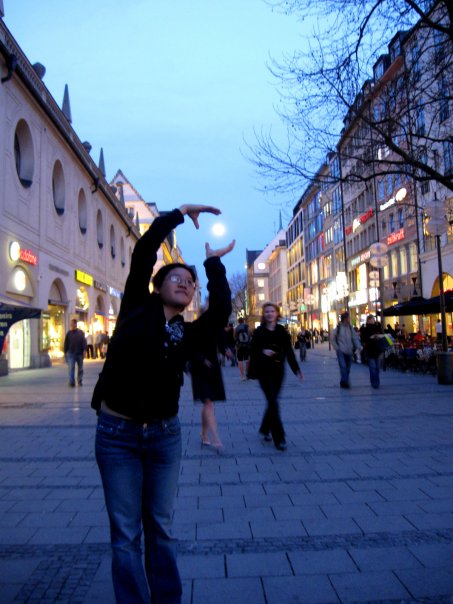We walked down this street nearly every day that we were in Beijing, since it extends for several blocks of solely produce and cooked food. Many vendors have their stands completely set up and ready with tiers of produce on the sidewalk by about 6:00 AM. Some are family-owned, and you can see little kids running around, crying, or playing in their parents' shop fronts. Some stands sell produce only, some sell cooked foods only, but many provide both services.
There were two little stands next to each other not too far down this road. The first one sold... bao zi (see? They are everywhere). It had two big steamers on a cart out in front and a tiny little kitchen area in the building right behind it. The cart had two steamer wells. In case you don't know how Chinese steamers work, here are the basics.
This is all a very clever idea because the steam will always travel upward, efficiently making use of just one stovetop to cook many, many servings of food. Steamers with very large circumferences sometimes have at least 3 or 4 layers stacked. For smaller steamers that have the circumference of a medium-sized round dinner plate, I've seen stacks about 10-15 racks high. Restaurants will also often use two steamers, not always just because you can cook more at the same time, but because you can swap racks at the top with less heat down to the bottom with those that are closer to the heat source. Having two steamers lets you move top racks immediately to a hotter steamer with losing only minimal heat if you keep one steamer less burdened than the other.

No comments:
Post a Comment